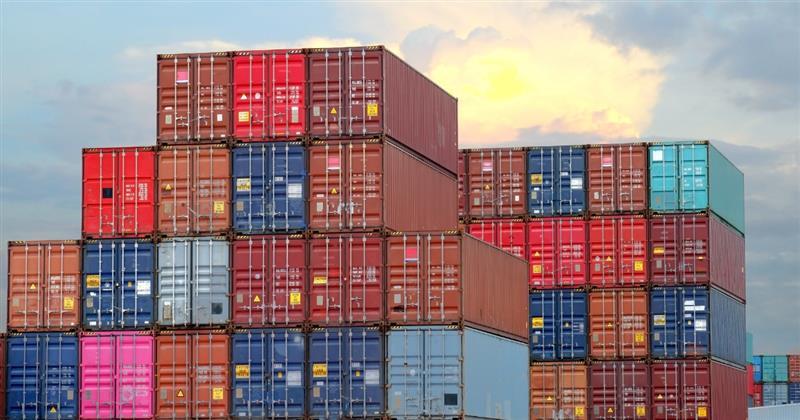How New Tariff Policies Are Redefining Global Supply Chain Resilience
As new U.S. trade restrictions take hold, businesses are being forced to reevaluate the foundations of their sourcing and compliance strategies.
In the latest roundtable discussion hosted by Travis Miller, Chief Strategy Officer at Source Intelligence, global trade experts gathered once again to break down what these policy changes mean for importers, manufacturers, and logistics professionals—and how companies can prepare for the next phase of global trade disruption.
This session brought a sharper focus on the downstream impacts of enforcement, traceability, and country-of-origin risks. With more aggressive tariff measures and increased regulatory complexity, trade leaders are urging companies to move from reactive planning to proactive risk mitigation.
Plan smarter for the next wave of trade enforcement
Whether you're rethinking your suppliers, managing country-of-origin declarations, or preparing for possible enforcement under the False Claims Act, this discussion offers essential insights to guide your strategy.
Watch the full roundtable to hear how leaders are preparing for what’s next in global trade and supply chain compliance.
Meet the experts behind the insights
Ben Gross
An international trade strategist with a legal background, Ben helps companies navigate customs and logistics challenges across industries, including aerospace, semiconductors, and drone technology.
Daniel Mikhail
Supply Chain Expert at ImportGenius, Daniel helps businesses turn global trade data into actionable insights, identifying risks and cost-saving opportunities across complex supply chains.
Jordan Crowe
Senior Director of Policy and Programs at the Our Energy Policy Foundation, Jordan brings deep expertise in trade policy, energy supply chains, and regulatory strategy from his work in both industry and government.
Paul Hoffer
Strategic Account Manager at Sayari, Paul supports companies in the technology and semiconductor sectors with sub-tier risk mapping, forced labor compliance, and ESG-related supply chain due diligence.
Key takeaways from the discussion:
Supply chain traceability is the new frontline.
Experts emphasized that businesses must dig deeper into their supply chains—well beyond tier-one suppliers. Country-of-origin data has become a critical compliance risk. Even companies sourcing from “friendly” markets may unknowingly be importing components from restricted regions. Tools and trade data platforms that uncover these risks are no longer optional—they’re essential.
Verification and enforcement are accelerating.
Whether it’s blanket tariff rate increases or exceptions based on USMCA rules, companies must be able to document the accuracy of their claims. From verifying melt-and-pour requirements to defending product classifications, enforcement is getting stricter. As panelists pointed out, businesses may be held liable even when suppliers misrepresent the truth.
Policy moves are reshaping sourcing strategy.
Geopolitical shifts are leading companies to reevaluate their suppliers and regions. Panelists discussed the growing interest in “friend-shoring” and the need for regionally diverse sourcing. However, simply changing the country on the invoice isn’t enough—origin data must align with customs declarations to avoid costly mistakes.
Circular economy practices could offer relief.
With increased costs and regulatory pressures, some companies are considering circular sourcing strategies, such as refurbishing or reusing components. Experts noted this could reduce both tariff exposure and environmental impact, while also offering a compliance advantage if country-of-origin complexities are sidestepped.
Technology and internal alignment are key.
Many organizations are forming cross-functional “tiger teams” to keep up with shifting policies. Compliance professionals are working more closely with procurement, legal, and finance teams to monitor changes, run landed-cost scenarios, and align strategies across the business. There’s also growing demand for tools that can simplify trade decisions and calculate real-time cost impacts.
Watch the full discussion to see how industry leaders are navigating today’s complexities—and how your organization can turn trade disruption into opportunity.


